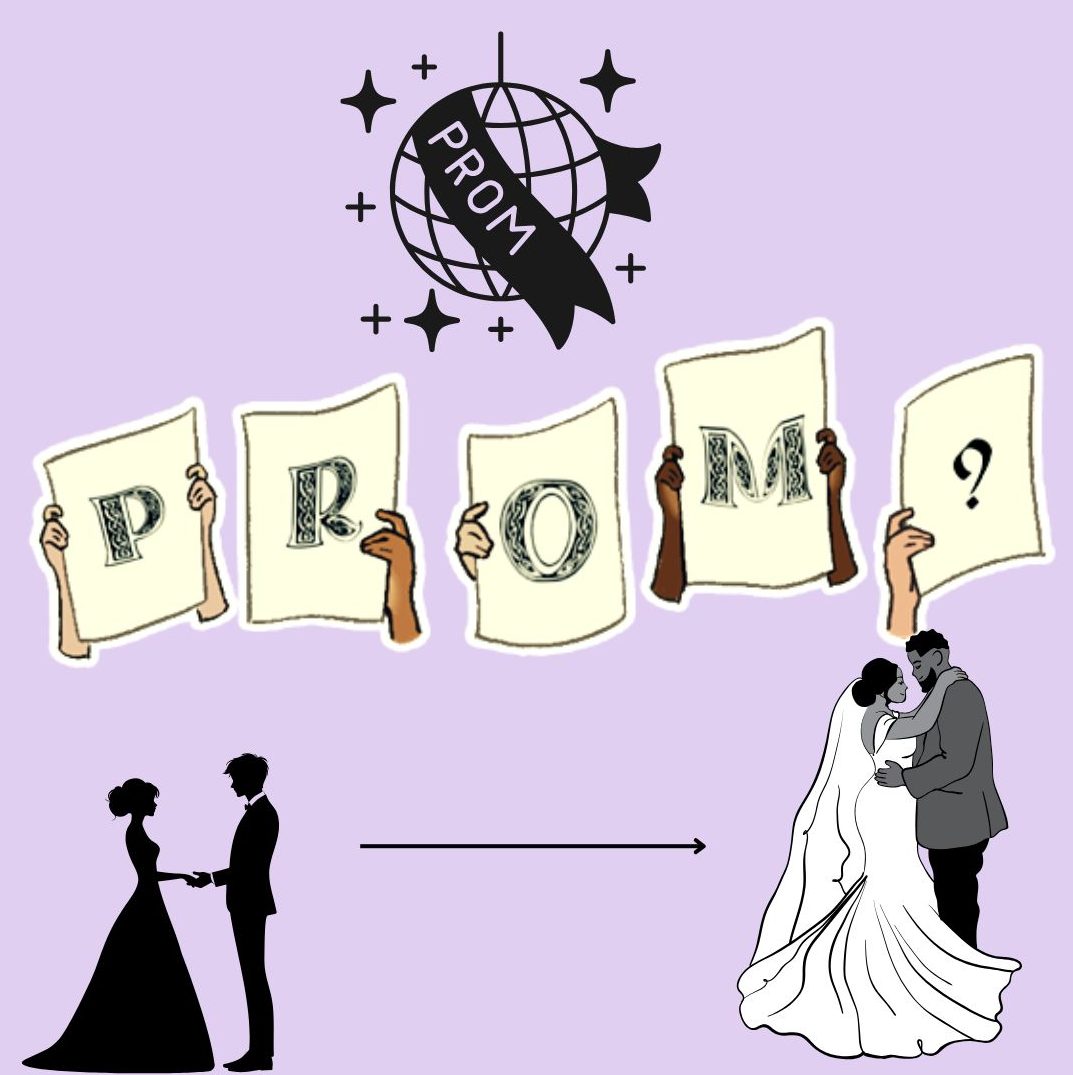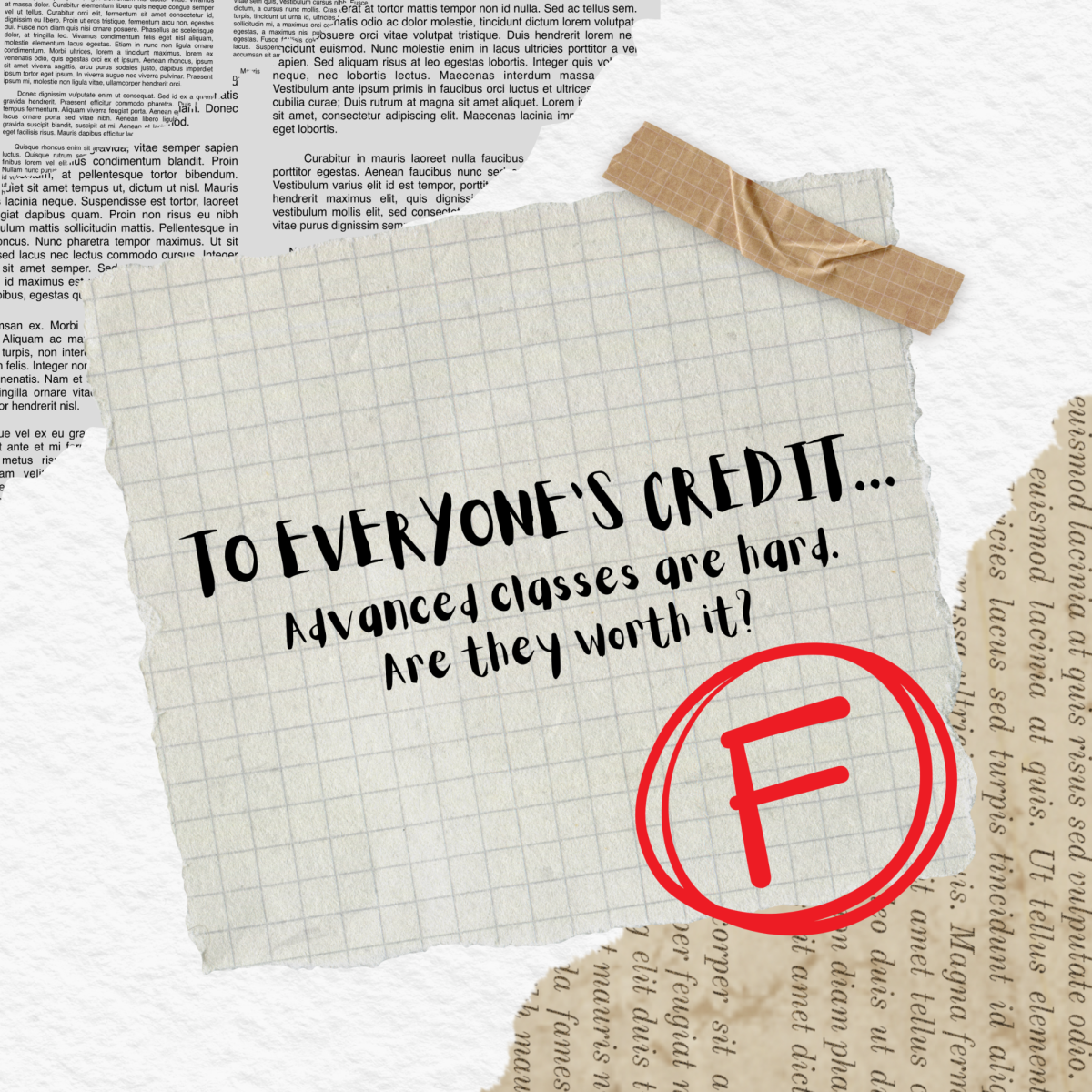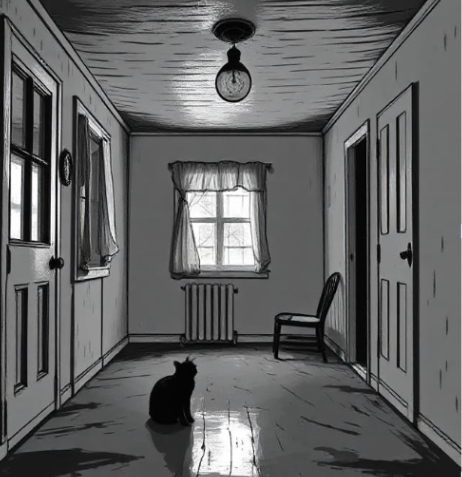When I was in elementary school, every year around springtime, I would see girls wearing beautiful “princess dresses” at my school playground after hours, taking pictures. If anything, it angered me because I wanted to do that. 7-year-old me really just wanted to play dress up, and 10 years later, things haven’t changed. The only difference is that I’m a junior now, and I actually get to go to my first year of prom. This gets me thinking about where this high school tradition comes from.
The term “prom” comes from “promenade,” which refers to an opening dance at a ceremony. The tradition likely stems from Debutante Balls, events that date back to the 18th century.

When you compare the two, they are quite different. During the era of Debutante Balls, these events were opportunities for young women to be introduced to high-class partners they intended to marry, often dressed in their finest gowns with elaborate hair and makeup.
Towards the end of the 19th century, some of the first recorded proms were at East Coast universities as early as 1879. Schools like Smith College, Amherst College, and Harvard have historical ties to these early proms.
An article from “The Harvard Crimson” in 1879 mentioned a junior prom, and an 1895 diary entry from an Amherst student. The entry described being invited to Junior Prom at Smith College, complete with an image of the event held in the school’s gymnasium.
This early evidence highlights the significance of proms in academic culture. Proms began to be organized at high schools as early as the first decade of the 20th century. However, they didn’t become widely popular until the 1920s and 30s.
But, even with their popularity rising, the event still wasn’t limos and corsages and overpriced tickets, but rather afternoon tea and adult supervision. This allowed students to practice proper social manners, mostly followed by the wealthy, connecting back to the Debutante Balls.
It wasn’t until the 1940s and 50s that prom became a rite of passage for students, known as the “Golden Age of Prom,” from which many of today’s prom traditions stem.
The popularity of prom began to decline due to counterculture and political unrest, leading to the cancellation of most school events, including prom.
During this time, proms also faced issues of racial segregation. This changed with the lawsuit, Brown v. Board of Education (1954), which found school segregation unconstitutional and prohibited.
However, even after this ruling, many southern states continued to cater to segregation, going so far as to hold their segregated proms during the 1960s and 70s.
Some schools were hesitant to integrate proms, especially in the South. A notable example is Charleston High School in Mississippi, where Morgan Freeman famously offered to pay for the school’s prom if it were integrated, but the school refused. Consequently, they held segregated proms until 2008, just 17 years ago.

Prom has become a significant part of pop culture, viewed as a rite of passage for high schoolers.
The rise of the 2000s, with some of the most nostalgic movies such as Mean Girls and Pretty in Pink, started portraying what we now recognize as prom. Some of the biggest changes in prom history include promposals, post-prom activities, and prom court.
As I get ready for my prom, I feel a mix of excitement and nostalgia. It’s a rite of passage that connects me to those childhood memories of wanting to dress up and take pictures like the girls I admired on the playground.







